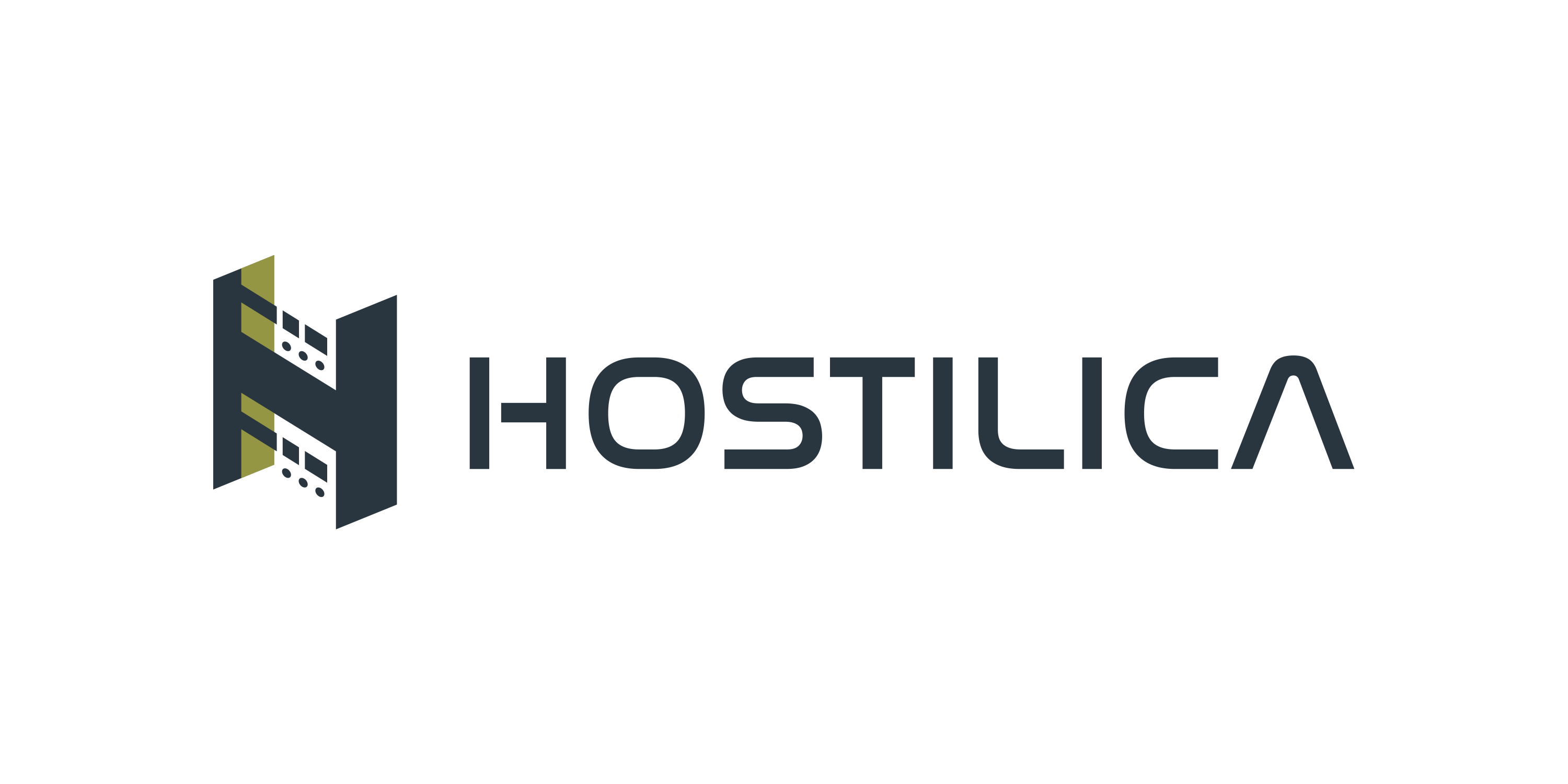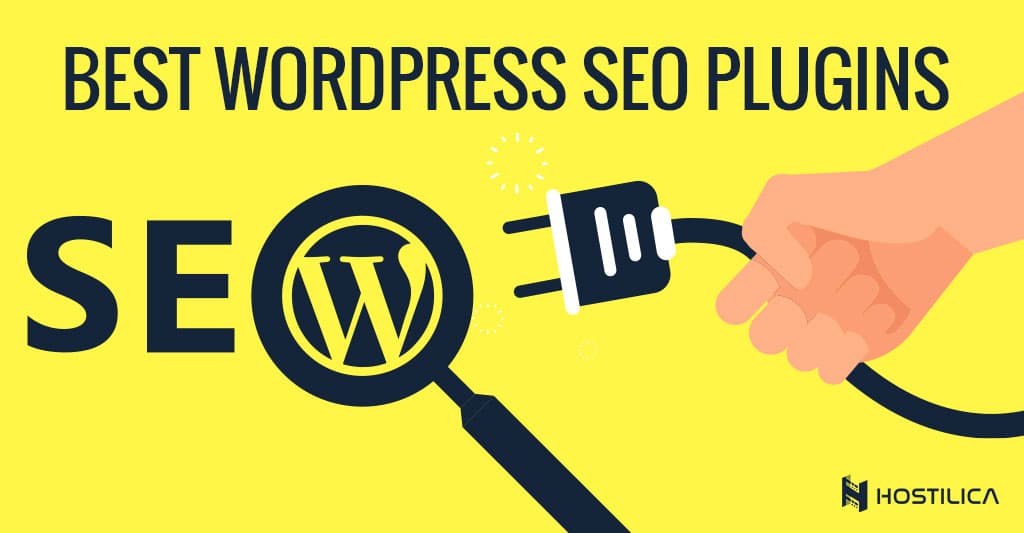CLM is easy to understand, you can check the definition from a previous article “What is CLM“. but how can you use it in your eCommerce business? While the process of customer lifecycle management is different for every business, here are some smart tips to help you make the most of it.
1. Make ads and content that cater to different stages of the customer’s life cycle.
Your marketing campaigns and content should address the need or interest of your audience at the time they encounter it. This is the key to success and part of why CLM is so important. A message tailored to their journey will work best for prospects who are just hearing about you and customers who have been with you for many years.
When planning your marketing and advertising strategies, consider what customers are thinking and feeling at each stage in the customer’s lifecycle. Then, create messaging that matches.
2. Keep track of your relationships with customers and leads.
CLM is only possible if you know where customers are at each stage of their customer lifecycle. This means that you need to keep track of all information about how people have interacted with your brand.
There are some legal and ethical limitations such as GDPR to how much data and tracking you can (or should) do however, there’s still plenty of information you can reasonably collect and save without crossing any ethical lines. It’s possible to keep data about whether customers have downloaded ebooks, which products they’ve bought, what offers they responded to, and what customer service interactions they had in the past. These are all ethical and expected.
It is a smart decision to invest in customer relationship software (CRM), or any other type of database, to organize this information and make it available for customers and marketers.
3. Personalize wherever possible
This strategy can benefit from the (ethical data) you have collected in the last step. You can use the information you have learned to send your contacts content and offers relevant to their interests.
You can do this by creating segmented email addresses based on what products or content they are most interested in. A person who has not yet purchased beauty products may not be interested in your latest line of healthy snacks. However, they will want to hear about the upcoming sale of their favorite brand of makeup.
4. Prioritize customer service
It doesn’t matter if you have great products or brilliant marketing. But if customers have a bad experience with your company, it is not worth the effort. It’s possible to be dead to them.
Research from Zendesk found that around half of customers will leave a brand after one bad experience, and 80% will surely leave after the second. If you want your brand to be successful beyond the point of conversion, it is important to provide consistent, quality customer service. This is key to loyalty.
5. Reward your best customers.
Loyal customers make a difference. To get a customer to become a loyal customer and advocate for your brand, they will need to be more than satisfied with good customer service. You should think about how to reward customers for loyalty and advocacy.
A good way to do this is by creating a loyalty program, amplifying their voice on social media by sharing their posts about your products, or sending special offers and coupons based on actions they take.




